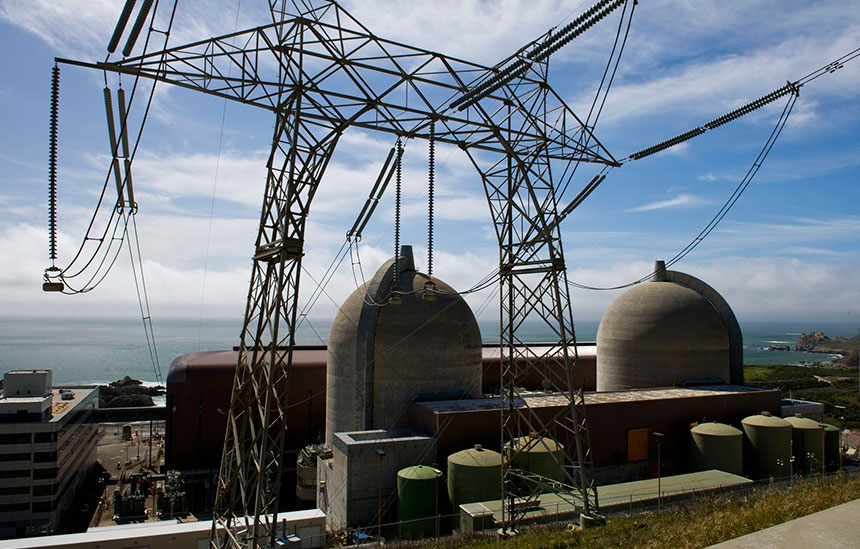A new report from experts at the Massachusetts Institute of Technology and Stanford University has made that point clearly: Closing down Diablo Canyon would be the definition of climate incoherence. With only a few years left on the plant’s license, California should reverse course. Indeed, political leaders across the country should be trying to keep existing nuclear plants open for as long as possible, not closing them prematurely.
The MIT and Stanford analysts point out that, as renewables play an increasingly large role feeding the electricity grid, “always on” sources of electricity will become more valuable. For the moment, the only viable “baseload” options are natural gas, a fossil fuel from which California already derives nearly half the electricity it generates, or nuclear, which is carbon-free. The report finds that without Diablo Canyon, the state’s electricity shortage would have been three times as severe during last year’s massive blackouts.
The experts project that keeping Diablo Canyon open just one more decade would cut California’s power-sector emissions by more than 10 percent, because it would burn far less gas, and save the state $2.6 billion in power system costs. Extending the life to 2045 would save up to $21 billion and drastically cut the amount of land the state would need to produce electricity.
The usual complaint is that nuclear power is costly. But keeping an existing plant online is a lot cheaper than building a new one. It would be even more so with a few upgrades. Siting a desalination plant next to Diablo Canyon could produce loads of fresh water in the parched state at half the cost of other California desalination plants, helping to address a critical water shortage. Some of the plant’s electricity could also go into manufacturing hydrogen, a fuel that transportation and industrial sectors will need to transition completely off carbon. Allowing multiple uses would mean the plant could deliver lots of electricity to an increasingly renewable-heavy grid when needed — such as when the sun isn’t shining and the wind isn’t blowing — but produce other valuable products when renewables can take more of the load.
Another concern is safety. Diablo Canyon sits near a fault line. But the experts note that the Nuclear Regulatory Commission ordered a safety reevaluation following Japan’s Fukushima Daiichi accident, and concluded that the plant would withstand even the most violent earthquakes.
As the nation’s leader in the fight against climate change, California needs to show that decarbonization can be done at a reasonable cost, in the near time frame, without excessive disruption. Closing Diablo Canyon would make the state’s energy transition costlier, longer and more chaotic.

